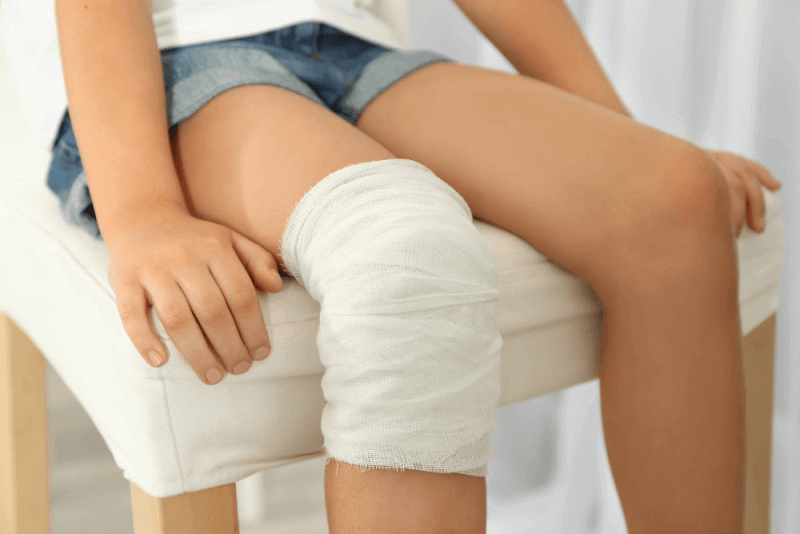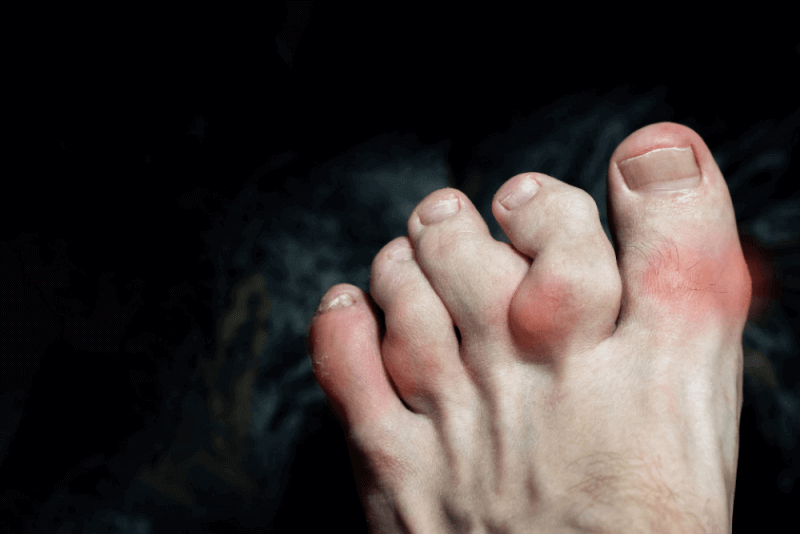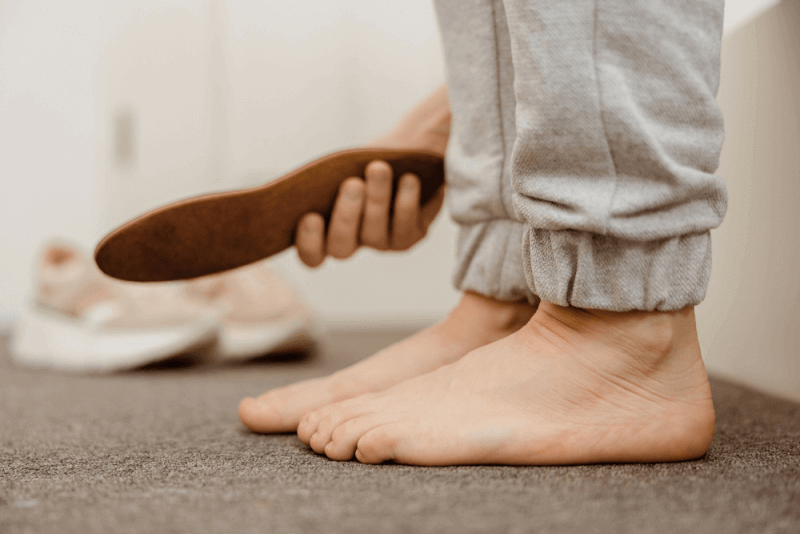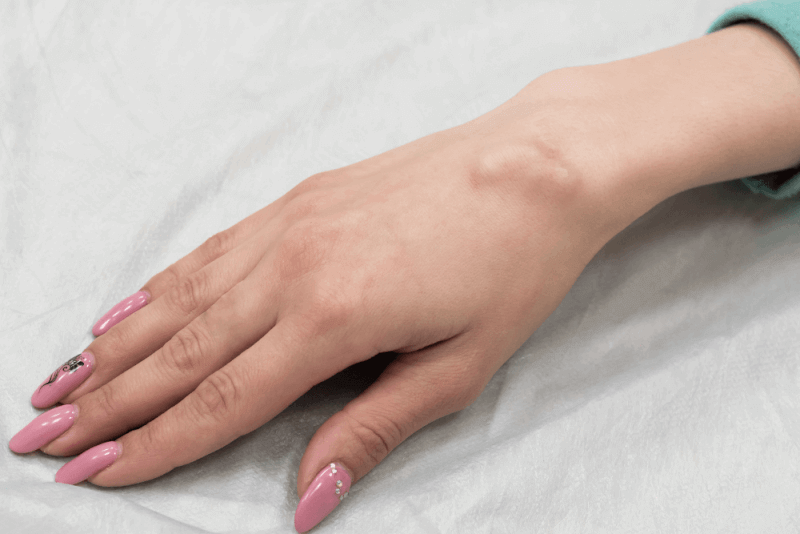30-Second Summary
- Osgood-Schlatter disease, which affects children and adolescents, is a painful inflammation that occurs at the site where the kneecap connects to the shinbone.
- It is commonly seen during growth spurts. A growth spurt causes many parts of a child's body to become more sensitive to stress and strain.
- The knee pain caused by Osgood-Schlatter tends to worsen over time. This pain, which can affect one or both knees, may also start suddenly. It usually worsens after physical activity.
- There are home treatment methods available for managing Osgood-Schlatter disease.
What is Osgood-Schlatter Disease?
Osgood-Schlatter disease, which affects children and adolescents, is a painful inflammation that occurs at the site where the kneecap connects to the shinbone. In some cases, this disease is also referred to as growing pains. Osgood-Schlatter disease is seen in children and adolescents who are in their growth period.
It is commonly seen during growth spurts. A growth spurt causes many parts of a child's body to become more sensitive to stress and strain. The tissues that become sensitive include:
- Muscles
- Bones
- Ligaments
- Tendons
Growth spurts are a normal and healthy part of childhood. However, they increase the likelihood that the mentioned tissues may become irritated due to repetitive movements during daily activities. If a child uses their knees too much, the knee joint may become irritated. This irritation can lead to swelling and pain. If the child's pain does not subside after a few days of rest, it is necessary to consult a healthcare provider.
Causes of Osgood-Schlatter Disease
Osgood-Schlatter disease, which is a type of injury caused by repeated strain on the knee joint, occurs due to the repetition of the same movement until the joint is damaged. It mainly results from performing the same movements too frequently or engaging in very intense physical activity.
Osgood-Schlatter disease is caused by excessive strain on the patellar tendons that connect the shinbone to the kneecaps. The growth plates located under these tendons become irritated and swollen due to repetitive and stress-inducing movements. In this case, children feel pain in their knees.
Symptoms of Osgood-Schlatter Disease
Common symptoms of Osgood-Schlatter disease include:
- Pain located just below the kneecap, at the upper part of the shinbone
- Swelling caused by inflammation
- Tightness in the leg muscles, usually in the thigh muscles
- A hard, painful swelling just above or below the child’s kneecap
The knee pain caused by Osgood-Schlatter tends to worsen over time. This pain may occur in one knee or both and can also start suddenly. It usually tends to worsen after physical activity.
Diagnosis Criteria for Osgood-Schlatter Disease
The diagnosis of Osgood-Schlatter is usually made by examining the area around the knee. In addition, the doctor should be informed when the child’s symptoms such as pain and tenderness were first noticed, and whether any sports that could cause these symptoms were being played.
During the examination, the doctor gently presses on the front of the child’s knee. If there is tenderness and pain at that point, the likelihood of Osgood-Schlatter disease is high. The doctor may also ask the child to perform some movements. These movements include:
- Walking
- Jumping
- Kneeling
Imaging methods are generally not needed to diagnose this disease. However, an X-ray may be requested to examine the growth plates.
Treatment Methods for Osgood-Schlatter Disease
There are home treatment methods for Osgood-Schlatter disease. These methods include:
Rest
The child should avoid the sport or activity that causes irritation in the knee. The doctor will recommend how long the child needs to rest. This period may be a few weeks or 1–2 months.
Ice Application
Applying ice to the affected knee several times a day for 10–15 minutes will help relieve the pain. Ice should not be applied directly to the skin. Additionally, massaging with an ice cube will also have a pain-relieving effect.
NSAIDs
Over-the-counter pain relievers such as ibuprofen or naproxen help relieve pain and swelling. However, these medications should not be used for more than 10 consecutive days without a doctor's approval.
Physical Therapy
Stretching the quadriceps muscles helps relieve the tension in the patellar tendon. For this reason, specialists may recommend various stretching exercises that children can perform at home. Physical therapists may also recommend support exercises to strengthen the muscles in the affected leg.
Risk Factors of Osgood-Schlatter Disease
Osgood-Schlatter disease can be seen in all children. However, it is more commonly seen between the ages of 11 and 14. The reason for this is that this age range is usually when children experience the most growth spurts.
In addition, sports that require children to run and jump a lot increase the risk of developing the disease. These sports include basketball, volleyball, and football.
Prevention of Osgood-Schlatter Disease
It is not always possible to prevent Osgood-Schlatter disease. This is especially more difficult when it comes to children who play sports. However, the best way to prevent this disease is to ensure that children are safe while doing sports. During sports or other physical activities, the following are recommended:
- Wearing the correct protective equipment
- If there is knee pain during or after physical activity, the activity should be stopped
- Allowing the body time to rest and recover after intense activity
- Performing stretching and warm-up exercises before sports or exercise
- Doing cool-down and stretching exercises after physical activity







